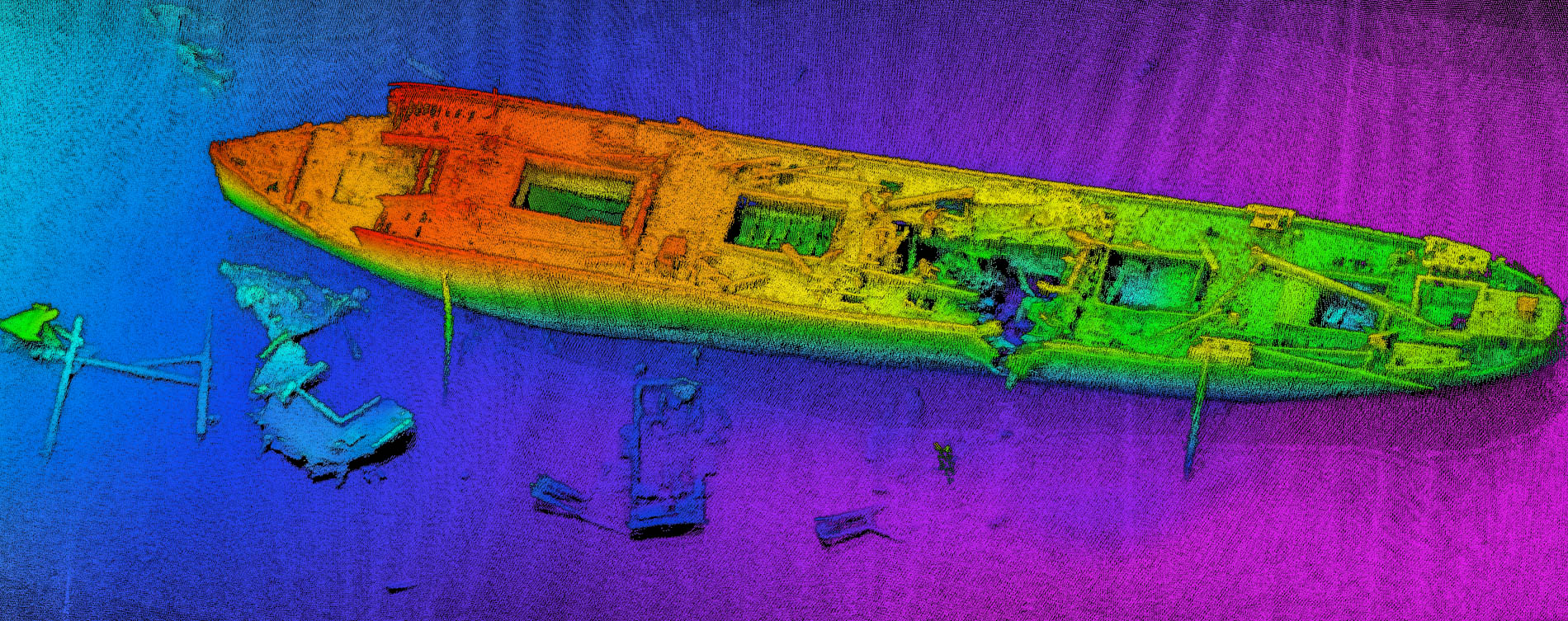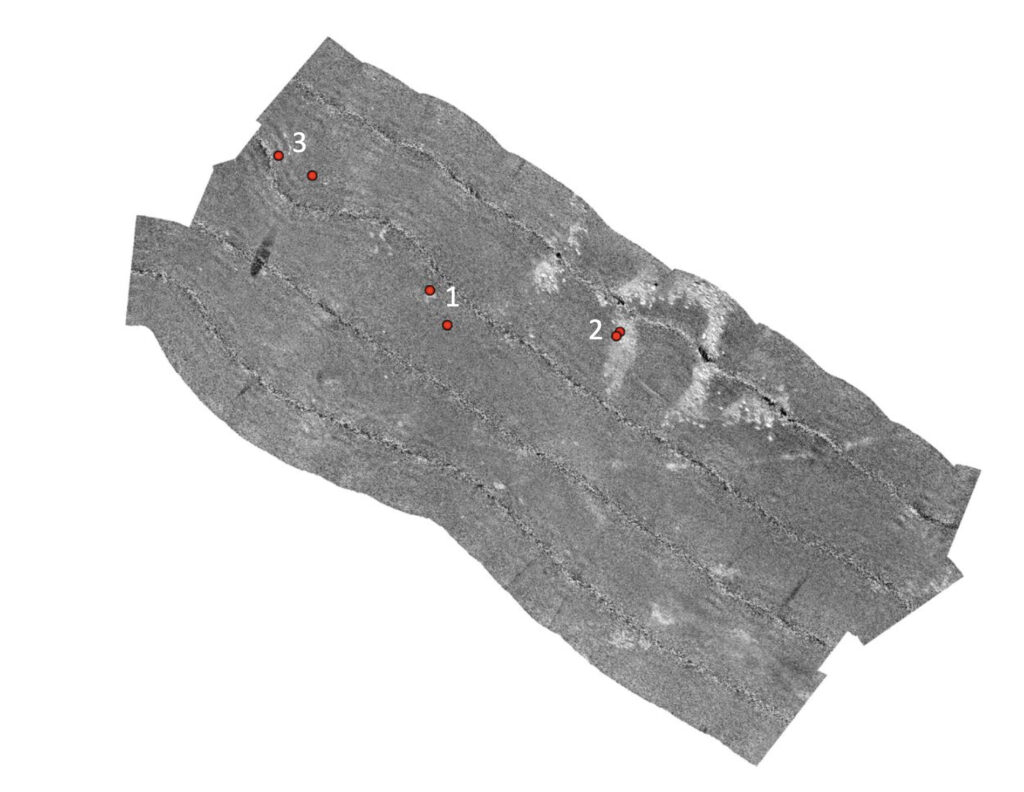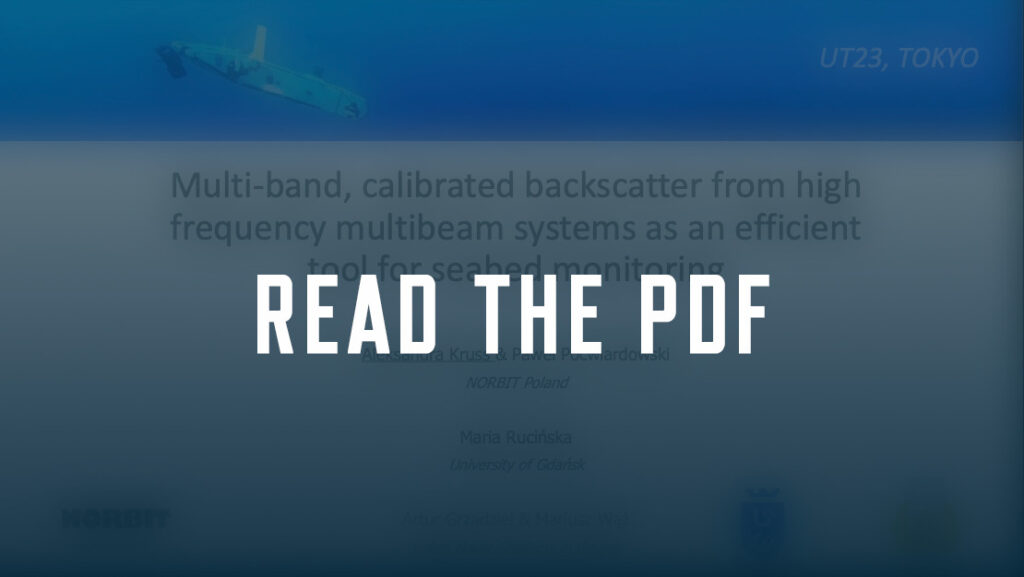Multibeam echosounders (MBES) are commonly used for mapping the seabed. However, these data also allow for bottom classification and benthic habitat mapping.
Modern MBES systems also record the reflectivity of the seabed, which is an indicator of its physical properties. This reflectivity, known as backscatter, can be measured at different frequencies, resulting in multi-spectral backscatter.
Some MBES systems even come with calibrated backscatter, which is an absolute measure of acoustic reflectivity. This calibrated backscatter can be compared with physical models to classify different bottom types and understand the morphology of the seabed.
This study explores how these advancements can enhance bottom classification procedures and highlights their benefits
Contributors
Aleksandra Kruss (Author)
Scientific Survey
NORBIT Poland
Sopot, Poland
[email protected]
Artur Grzadziel
Dept. of Navigation and Hydrography
Polish Naval Academy
Gdynia, Poland
Pawel Pocwiardowski
NORBIT Poland
Sopot. Poland
Dept. of Geophysics, Faculty of Oceanography and
Geography
University of Gdansk
Gdansk. Poland
Mariusz Waz
Dept. of Navigation and Hydrography
Polish Naval Academy
Gdynia, Poland


